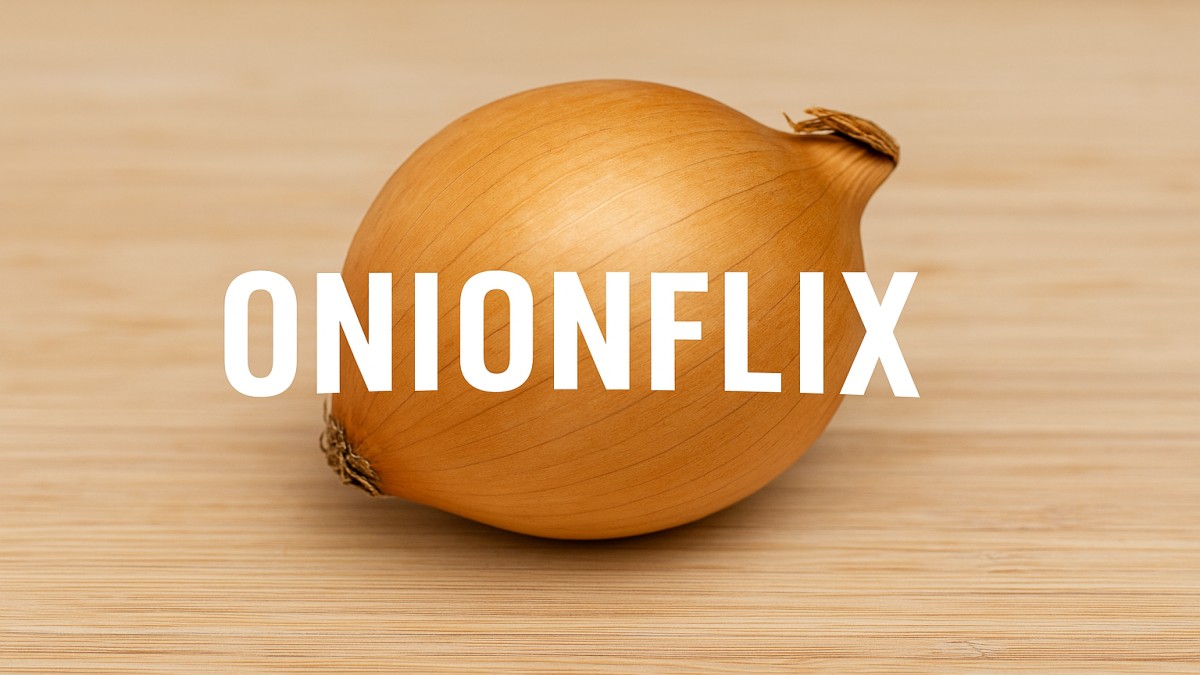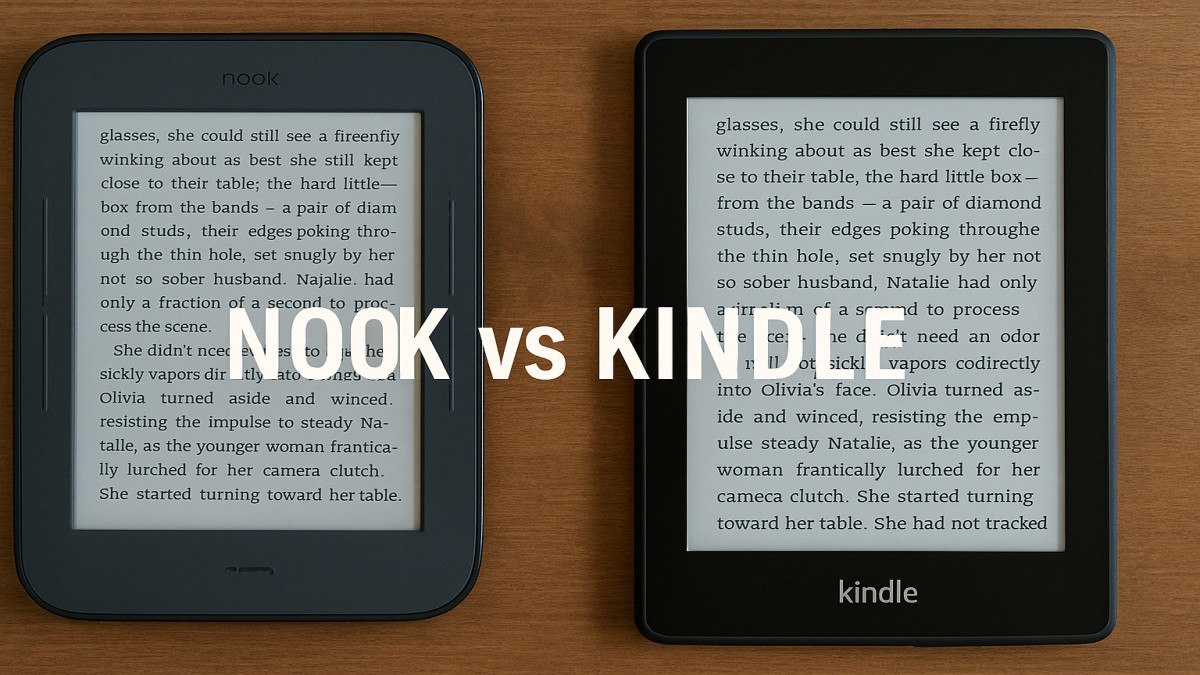others
Framboise: The Sweet Symphony of Raspberry Bliss

Introduction to Framboise
If you’ve ever sipped a beer that tasted like dessert in a glass—sweet, tart, and irresistibly fruity there’s a good chance you were enjoying a Framboise. This isn’t your ordinary brew. It’s a symphony of wild fermentation and raspberry brilliance.
What is Framboise?
Framboise is a style of Belgian lambic beer fermented with raspberries. It’s bright, effervescent, and usually quite sweet or tart depending on the style. Not to be confused with a simple fruit beer, Framboise is often aged and has a complexity that dances on the palate.
Origin of the Name
“Framboise” is the French word for raspberry. Makes sense, right? When you say “Framboise,” you’re basically saying “raspberry beer” in one beautifully elegant word.
The History of Framboise
Traditional Belgian Roots
Framboise hails from Belgium, where brewers have been fermenting lambic beers for centuries using wild yeasts found in the air of the Senne Valley. When raspberries were added, the result was a game-changer.
Evolution Through Time
Originally, Framboise was quite tart—almost face-puckering. Over time, especially with export demand, versions became sweeter and more approachable for mainstream drinkers.
Types of Framboise
Traditional Lambic Framboise
Breweries like Brouwerij Lindemans and Brouwerij Boon are famous for traditional Framboise, offering deep, complex layers of sourness and fruitiness.
American Craft Variations
U.S. craft breweries like New Glarus and Cascade Brewing have embraced Framboise, putting their own hoppy or barrel-aged spins on the classic.
Non-Alcoholic Raspberry Beverages
Some modern brands offer Framboise-inspired sodas and sparkling juices, perfect for those avoiding alcohol.
Ingredients That Make It Special
Role of Raspberries
It all starts with the raspberries—fresh, whole, and sometimes even wild. The fruit imparts flavor, color, and sugar for secondary fermentation.
Wild Yeasts and Barrel Aging
Using wild yeasts (like Brettanomyces) and aging in oak barrels gives Framboise its funky, earthy complexity.
Other Flavoring Techniques
Some commercial versions may use raspberry syrup, which appeals to those who prefer sweeter, soda-like profiles.
Brewing Process
What Sets Framboise Apart from Other Beers
Unlike most beers brewed in sterile environments, Framboise relies on wild fermentation. That’s what gives it the unpredictable yet magical quality.
The Fermentation Timeline
A good Framboise can take months, even years, from start to bottle. It’s all about patience and timing.
Bottle Conditioning
Many are bottle-conditioned, meaning yeast and sugar are added before bottling to allow carbonation to build naturally.
Taste Profile
Sweet, Tart, and Balanced
Expect a bright ruby-red pour with aromas of fresh raspberries. The taste ranges from mouth-puckering sour to dessert-like sweet, depending on the style.
How It Compares to Other Fruit Beers
Framboise tends to be more layered and nuanced than your average fruity brew. It’s often less hoppy, but way more complex.
Serving and Pairing
Ideal Serving Temperature
Chilled, but not ice-cold—around 45–50°F is perfect.
Glassware
A tulip glass is ideal to capture the aroma and showcase the color.
Food Pairings
Try it with rich chocolate desserts, sharp cheeses, or even duck confit. The tartness cuts through fatty or creamy foods beautifully.
Framboise in Modern Craft Brewing
Global Adaptations
From Japan to Oregon, breweries around the globe are giving Framboise their own twist.
Role in the Sour Beer Renaissance
Framboise has helped lead the sour beer revolution, bringing more drinkers into the world of funky, fruit-forward brews.
Framboise vs. Other Fruit Lambics
Kriek vs. Framboise
Kriek uses cherries; Framboise uses raspberries. Both are excellent but offer different flavor experiences.
Peche, Cassis, and Others
Peche (peach) and Cassis (blackcurrant) are cousins in the same lambic family, each with its own loyal following.
Health Aspects and Nutritional Info
Sugar and Alcohol Content
Framboise typically has 4–5% ABV, with varying sugar content depending on how sweet or dry the version is.
Is It Good for You?
Well, it’s not a health drink—but some say the antioxidants in raspberries give it a redeeming quality!
Conclusion
Framboise is more than just a raspberry-flavored beer—it’s a celebration of craft, culture, and creativity. Whether you’re new to sour beers or a seasoned lambic lover, there’s something magical about every sip of this ruby-red elixir. It’s sweet, it’s sour, it’s funky—it’s unforgettable.
FAQs
1. What’s the difference between Framboise and Raspberry Ale?
Framboise is typically a lambic beer aged with real raspberries and wild yeast, while raspberry ales are often brewed with raspberry flavoring and use traditional beer yeast.
2. Is Framboise gluten-free?
No, it’s brewed with barley and wheat, so it contains gluten.
3. Can I cook with Framboise?
Absolutely! It makes a great glaze for meats or an ingredient in dessert sauces.
4. What does Framboise mean in French?
It literally translates to “raspberry.”
5. How long does Framboise last?
If stored properly in a cool, dark place, it can age beautifully for years—especially traditional versions.

 entertainment3 months ago
entertainment3 months agoOnionFlix: Everything You Need to Know About This Streaming Website

 others3 months ago
others3 months agoNook vs Kindle: Which E-Reader Is Right for You?

 food3 months ago
food3 months agoThe Ultimate Guide to Salchicha: Everything You Need to Know

 education3 months ago
education3 months agoHow to Become a Software Engineer: A Complete Guide
















